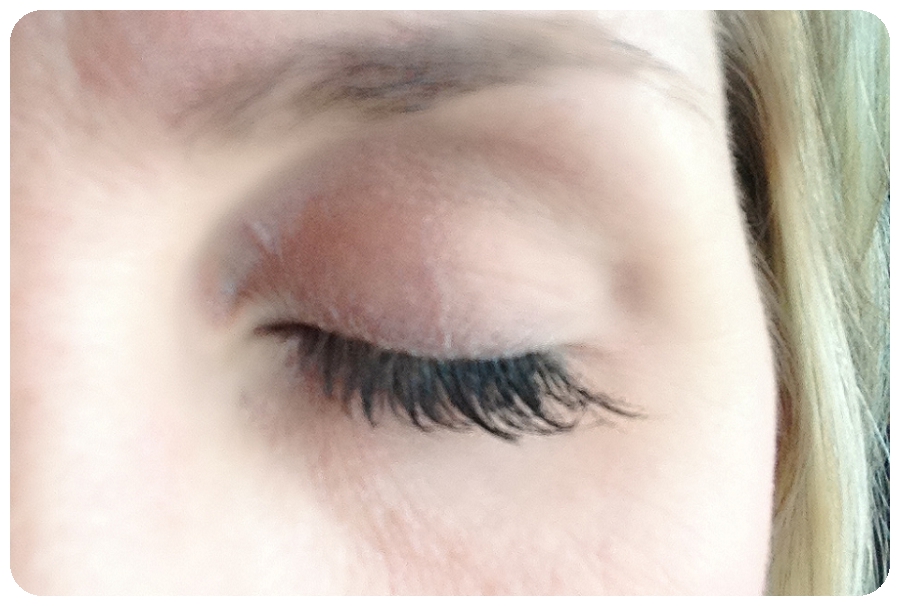BCPS COPD: The Gold Guidelines (2013)
/The Gold Guidelines for the diagnosis and treatment of COPD are the gold standard for treating COPD.
About Us
The Global Initiative for Chronic Obstructive Lung Disease (GOLD) works with health care professionals and public health officials around the world to raise awareness of Chronic Obstructive Pulmonary Disease (COPD) and to improve prevention and treatment of this lung disease.
Through the development of evidence-based guidelines for COPD management, and events such as the annual celebration of World COPD Day, GOLD is working to improve the lives of people with COPD in every corner of the globe.
Who Are We?
GOLD was launched in 1997 in collaboration with the National Heart, Lung, and Blood Institute, National Institutes of Health, USA, and the World Health Organization.
GOLD’s program is determined and its guidelines for COPD care are shaped by committees made up of leading experts from around the world.
COPD is an inflammatory response characterized by persistent airflow limitations that is progressive in nature. Exacerbations and comorbidities contribute to the overall severity in patients.
Symptoms: Dyspnea, chronic cough, chronic sputum production
Spirometry is required to make a clinical diagnosis of COPD; the presence of a post-bronchodilator FEV1/FVC < 0.70 confirms the presence of persistent airflow limitation and thus of COPD.
Causes: Smoking, indoor air pollution, occupational dusts and chemicals, and outdoor air pollution
Differential Diagnosis:
- COPD: Onset in mid-life. Symptoms slowly progress. Usually a history of smoking.
- Asthma: Onset usually early in life. Symptoms vary day-to-day. Symptoms worse at night/morning. Allergy, rhinitis, and/or eczema also present. Family history.
- CHF: Dilated heart, pulmonary edema on chest x-ray. Pulmonary function tests show volume restriction, not airflow limitation.
- Bronchiectasis: Usually associated with bacterial infection. Lots of purulent sputum. Chest x-ray/CT shows bronchial dilation and wall thickening.
- TB: can confirm with microbiological testing. Lung infiltrates.
The complete report (lengthy) can be found
www.goldcopd.org/uploads/users/files/GOLD_Report_2013_Feb20.pdf
The At A Glance COPD Management Refernce guide (short 8 pages)
www.goldcopd.org/uploads/users/files/GOLD_AtAGlance_2013_Feb20.pdf
The pocket guide (32 pages) for Health Care Professionals for Diagnosis, Management and Prevention is
www.goldcopd.org/uploads/users/files/GOLD_Pocket_2013_Mar27.pdf
The GOLD classifications are the main method doctors use to describe the severity of chronic obstructive pulmonary disease (COPD).
GOLD is short for the Global Initiative for Chronic Obstructive Lung Disease, a collaboration between the National Institutes of Health and the World Health Organization.
What Is GOLD Staging for COPD?
The GOLD staging system classifies people with COPD based on their degree of airflow limitation (obstruction). The airflow limitation is measured during pulmonary function tests (PFTs).
When blowing out forcefully, people with normal lungs can exhale most of the air in their lungs in one second. Pulmonary function tests measure this and other values, and are used to diagnose COPD and its severity:
- The volume in a one-second forced exhalation is called the forced expiratory volume in one second (FEV1), measured in liters.
- The total exhaled breath is called the forced vital capacity (FVC), also measured in liters.
- In people with normal lung function, FEV1 is at least 70% of FVC.
Because of lung damage, people with COPD take longer to blow air out. This impairment is called obstruction or airflow limitation. An FEV1 less than 70% of FVC can make the diagnosis of COPD in someone with compatible symptoms and history.
In GOLD COPD, classifications are then used to describe the severity of the obstruction or airflow limitation. The worse a person's airflow limitation is, the lower their FEV1. As COPD progresses, FEV1 tends to decline. GOLD COPD staging uses four categories of severity for COPD, based on the value of FEV1:
Stage I: Mild COPD - FEV1/FVC<0.70 - FEV1 ≥ 80% normal
Stage II: Moderate COPD - FEV1/FVC<0.70 - FEV1 50-79% normal
Stage III: Severe COPD - FEV1/FVC<0.70 - FEV1 30-49% normal
Stage IV: Very Severe COPD - FEV1/FVC<0.70 - FEV1 <30% normal, or <50% normal with chronic respiratory failure present*
* Usually, this means requiring long-term oxygen therapy.
What Do the GOLD COPD Classifications Mean?
The GOLD COPD criteria are an attempt by health experts to group people together based on the severity of their COPD. This process is called COPD staging. Accurate staging, or knowing the severity of your COPD, could have various benefits, such as:
- Helping people with COPD understand their disease better
- Helping doctors make better treatment recommendations for people with COPD
- Helping people with COPD plan for their future, and predict life expectancy
The GOLD COPD staging system can be helpful toward these goals. But the system is not accurate or precise enough to predict symptoms or life expectancy in individual people living with COPD.
One problem is that the GOLD COPD classifications only consider a person's degree of airflow obstruction. On average, people with severe airflow obstruction from COPD do have worse symptoms and a shorter life expectancy than people with mild obstruction. However, many other factors beside airflow obstruction influence breathing symptoms and life expectancy, such as:
- Overweight and obesity
- Smoking status
- Other medical conditions, especially heart disease
- Physical fitness and exercise habits
Here is a guideline summary that is pretty in-depth.
Remember what you need to make a diagnosis: spirometry. Remember the categories. Remember the treatments for each category.



